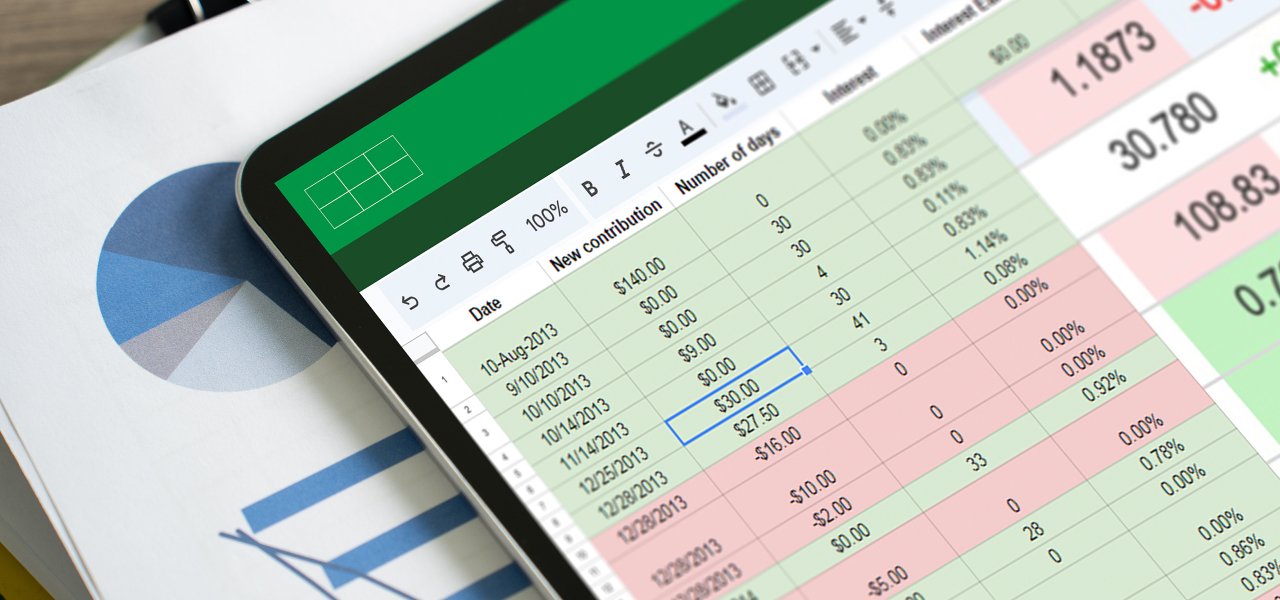On April 21, 2025, U.S. trade officials unleashed a financial tempest on the renewable energy sector, finalizing steep tariffs on solar cells from Southeast Asia, where Chinese giants like JinkoSolar and Trina Solar run factories. Duties ranged from 41% for Jinko’s Malaysian output to a staggering 3,521% for non-compliant Cambodian exporters, with finalization pending a June vote. Markets buckled—the Invesco Solar ETF (TAN) shed 7% by noon, and JinkoSolar’s stock plummeted 14%. For fund administration companies, it was a crucible. At Green Horizon Administration, a $1.5 billion fund administration firm (fictional), Emily Chen watched her screens flare red. Her inbox swelled with queries from client funds, each more urgent than the last.
Chen, didn’t panic. She leaned on a tool that thrives in such chaos: a well-designed fund accounting system. Gone are the siloed, static general ledgers of the past; modern platforms like FundCount unify client fund data into a single, dynamic ledger, giving fund administrators precision and capabilities like real-time reporting. This is the story of how a well-designed fund accounting system, not just its reporting features, steadied Green Horizon’s operations, offering lessons for financial professionals in an era of relentless volatility.
Fund Accounting, Shadow Accounting, Automation, and More
A well-designed fund accounting system is engineered for complexity. For administrators, it gives them the power to shadow each client fund—solar, wind, or blended in Chen’s case—as a distinct entity, tracking assets, liabilities, and rules with surgical precision. This segregation ensures compliance with investor mandates and regulatory standards. Yet, unlike the fragmented ledgers of yesteryear, today’s systems consolidate data into a unified general ledger, eliminating silos and sharpening oversight. FundCount, for instance, integrates trades, fees, and valuations into one cohesive platform, a leap McKinsey credits with slashing reporting errors by 30% and cutting close times by 15 hours monthly.
That April morning, Chen’s system revealed the tariff’s toll across client funds: a solar-focused fund bled 9%, a wind-heavy one held at 2%. “It’s like a diagnostic scan,” she told a colleague, her voice steady. “You see the damage, fund by fund, no digging required.” Key features drove this clarity:
-
Shadow Accounting: As a primary tool, shadow accounting allowed Chen to independently track the performance and activity of client funds, mirroring their internal records to ensure accuracy and alignment. On April 21, this capability let her verify solar fund NAVs against client data in real time, catching a 0.5% discrepancy that preserved trust and prevented reporting errors.
-
Segregated Yet Unified Tracking: Each client fund’s ledger stood alone for compliance, but the unified general ledger merged data, letting Chen monitor solar’s losses without cross-contamination.
-
Automated Allocations: Management fees and shared costs redistributed instantly as NAVs shifted, sparing Chen hours of manual recalculations for client reports.
-
Compliance Safeguards: Built-in checks flagged a solar fund nearing its loss threshold, prompting Chen to alert client managers before regulators could blink.
-
Granular Reporting: By 11:30 a.m., Chen had fund-specific NAVs and exposure breakdowns ready for client funds, quelling their investors’ unease.

The unified general ledger enabled real-time reporting, amplifying speed, but the system’s architecture—its ability to shadow multiple client portfolios with surgical precision—was the backbone. A 2024 Deloitte survey notes 72% of administrators now rank such integration as critical, up from 55% in 2022.
Fund Accounting, Trust, and Stability
Markets don’t forgive delays. The International Energy Agency reported a 6% drop in renewable investment post-tariff, with Southeast Asian-linked U.S. funds hit hardest. Chen’s solar-focused client funds, tied to JinkoSolar’s Malaysian supply chain, faced a liquidity crunch. Her system caught it early, flagging a 3.5% cash shortfall by 10 a.m. across one fund’s portfolio, enabling her to notify its managers and avert a forced sale. A 2023 Financial Analysts Journal study found that precise fund-level tracking cuts redemption rates by 25% during volatility, as transparency reassures investors.
At 10:15 a.m., a pension fund manager called, rattled by the ETF plunge. Chen pulled his fund’s data: NAV down 5%, cushioned by diversified wind assets. She walked him through the numbers, her tone calm but firm. “He didn’t just want answers,” she said later. “He wanted proof we weren’t guessing.” The client fund stayed put, a testament to the system’s role in forging trust.
The Grind Behind the Glory
Green Horizon Administration gained a competitive edge with a well-designed fund accounting system that seamlessly integrated with their existing processes. Its user-friendly interface streamlined operations, while a unified, dynamic ledger simplified data management and boosted accuracy. This allowed the team to shadow client portfolios with precision. According to PwC’s 2025 data, 65% of adopters experience operational efficiencies within 18 months, with audits running 35% faster and staff overtime reduced by 25%. Gartner highlights that well-configured systems can cut errors by 20%, a benefit Green Horizon maximized by carefully testing the system with one client fund first.
The tariff wasn’t a one-off. With trade tensions escalating—Goldman Sachs predicts 45% of U.S. imports face duties by 2027—volatility is the new baseline. Well-designed fund accounting systems are adapting. Gartner reports a 50% surge in cloud-based platforms in 2025, as smaller administrators embrace unified general ledgers to shadow diverse client funds. AI’s making inroads too, with risk models alerting Chen to tariff exposure days prior. Regulatory scrutiny is tightening; the SEC’s 2025 focus on fund-level gaps makes integrated systems a shield against fines. “This isn’t back-office tech,” a FundCount executive told Bloomberg in 2024. “It’s your front line.”
The Road Ahead
As markets closed on April 21, Chen’s screens reflected ongoing turbulence. Green Horizon Administration remained steady throughout the volatility. Their accounting system provided them with essential tools to manage the tariff’s impact and maintain client funds effectively. Financial experts recognize the significance of this capability. In an environment shaped by trade disputes and sudden policy shifts, fund accounting stands out with its unified, precise, and adaptable structure. Such a system proves invaluable by bringing order to uncertainty and clarity to complex choices.








